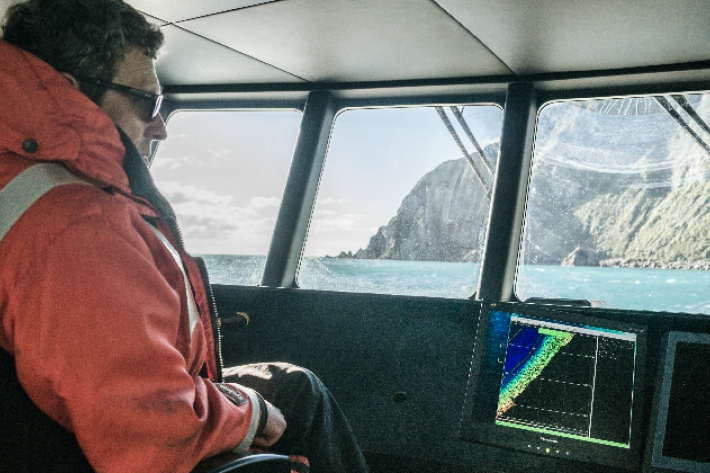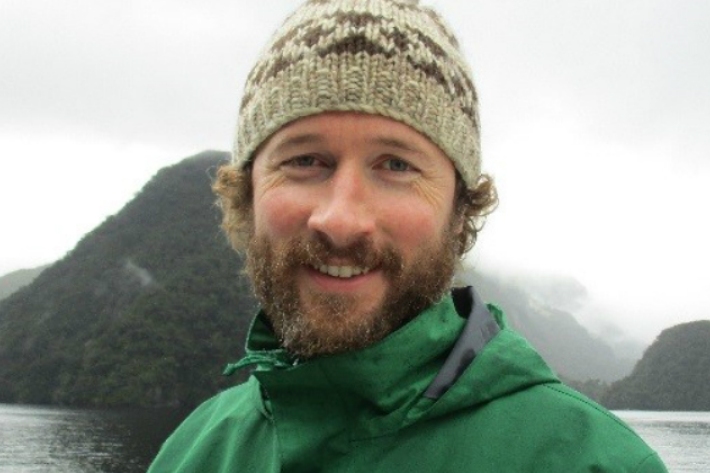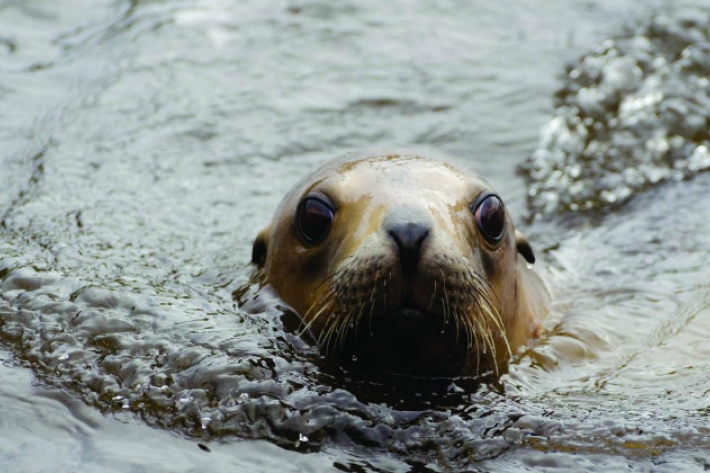-

Science helps out in the Pacific
Feature story13 August 2015When Cyclone Pam slammed into Vanuatu in May the vulnerability of Pacific’s island nations to extreme weather was again laid bare. -

NIWA flexes its mussels
Media release12 August 2015NIWA researchers have designed and built a machine that measures the strength of mussel shells that is partly based on the same technology used to open and close irrigation gates. -
NIWA trials new generation air quality sensors
Media release10 August 2015A new method of testing air quality in towns around New Zealand has been developed by NIWA scientists that could revolutionise the way communities can measure and control pollution. -

Cleaning up - combating pollution in the Pacific
Feature story05 August 2015Modern development and population growth have generated severe pollution problems in some Pacific Island nations. -

Devilrays – divers of the deep
News article09 July 2015A successful electronic tagging project means scientists have made some important discoveries about spinetail devilrays. -

NIWA’s Rob Murdoch wins Marine Sciences Award
News article09 July 2015Dr Rob Murdoch, General Manager of Research at NIWA has won the prestigious New Zealand Marine Sciences Society Award. -
Scientists probe complex causes of New Zealand sea lion decline
Media release08 July 2015A tiny community of New Zealand sea lions on the Otago Peninsula is helping scientists solve the mystery of why some populations are doing better than others. -

Tiny find fascinates squid scientists
News article07 July 2015Another colossal squid is under examination in Wellington, but this one could fit in the palm of your hand. -

Kapiti multibeam survey
News article24 June 2015NIWA scientists use the latest multibeam echo-sounding technology to generate new charts of the seafloor around Kapiti island. -

Scientists flock to NIWA site for rare show of Pluto
Media release24 June 2015Scientists from around the world will be at NIWA’s atmospheric research station in Central Otago next week to observe a rare astronomical event. -

NIWA makes a date with freshwater fish
Media release22 June 2015NIWA researchers have produced a series of calendars to inform people when New Zealand's native freshwater and sport fish are migrating and spawning. -

Lauder leader's ozone work feted
News article19 June 2015NIWA's Dr Richard Querel's alma mater, University of Lethbridge in Alberta, has noted his ozone research on its website.


